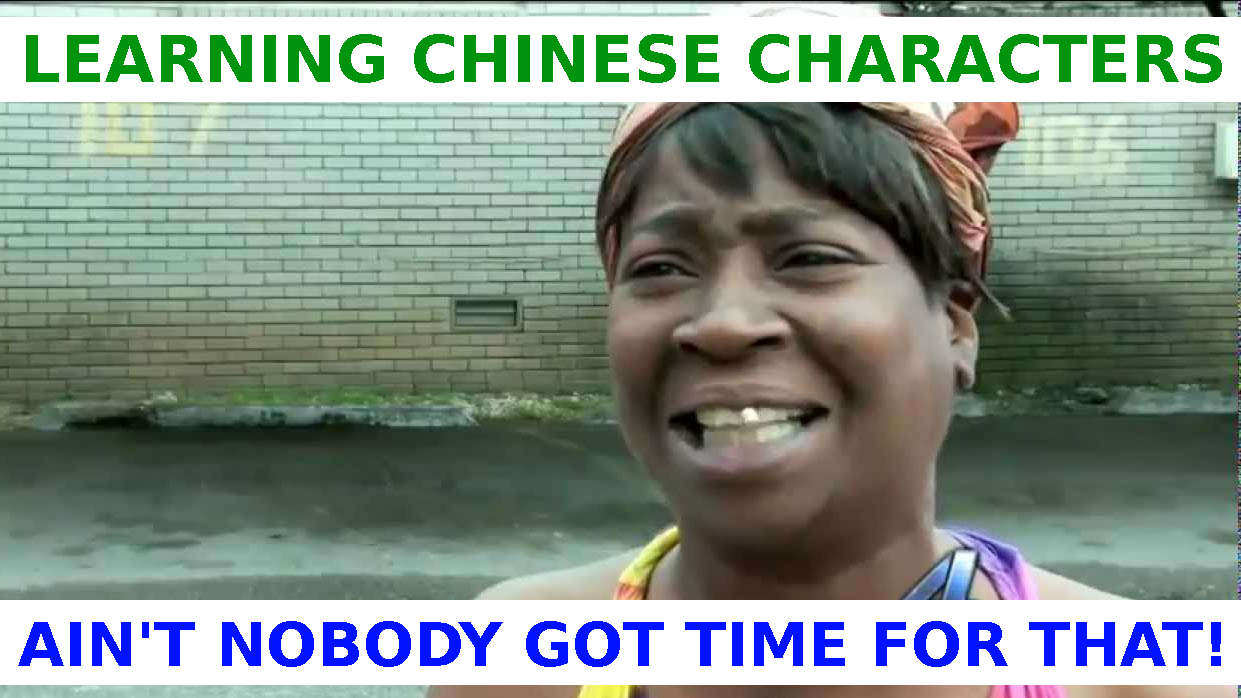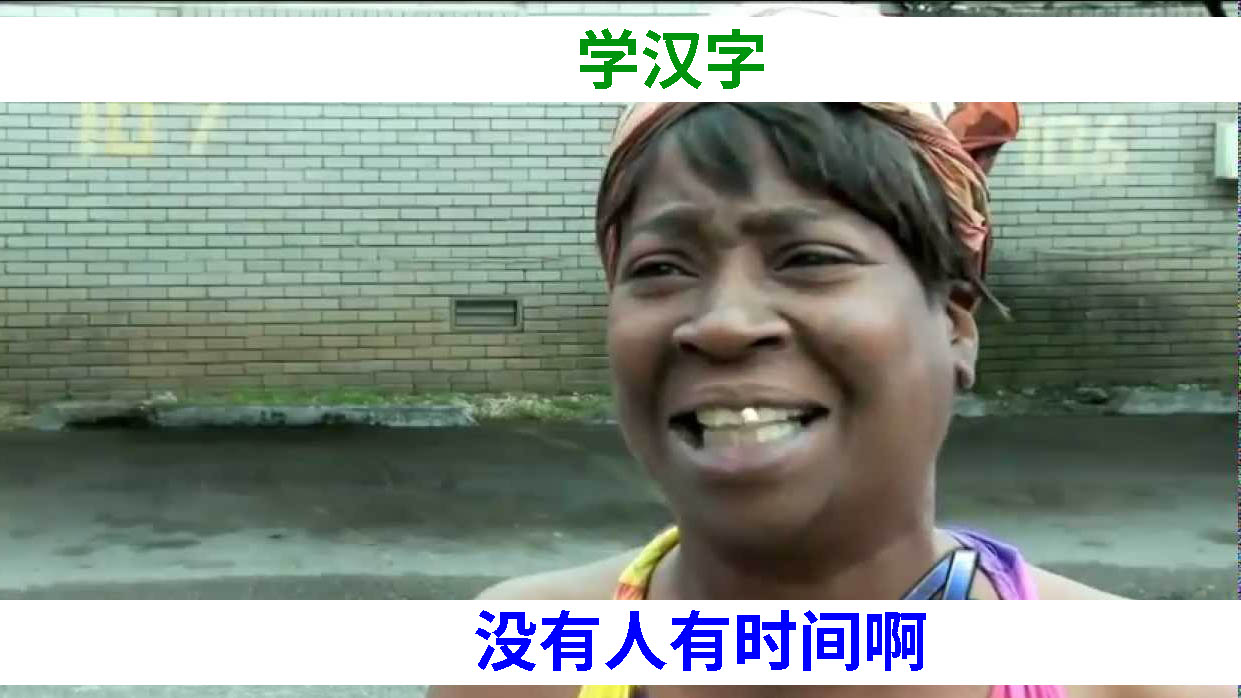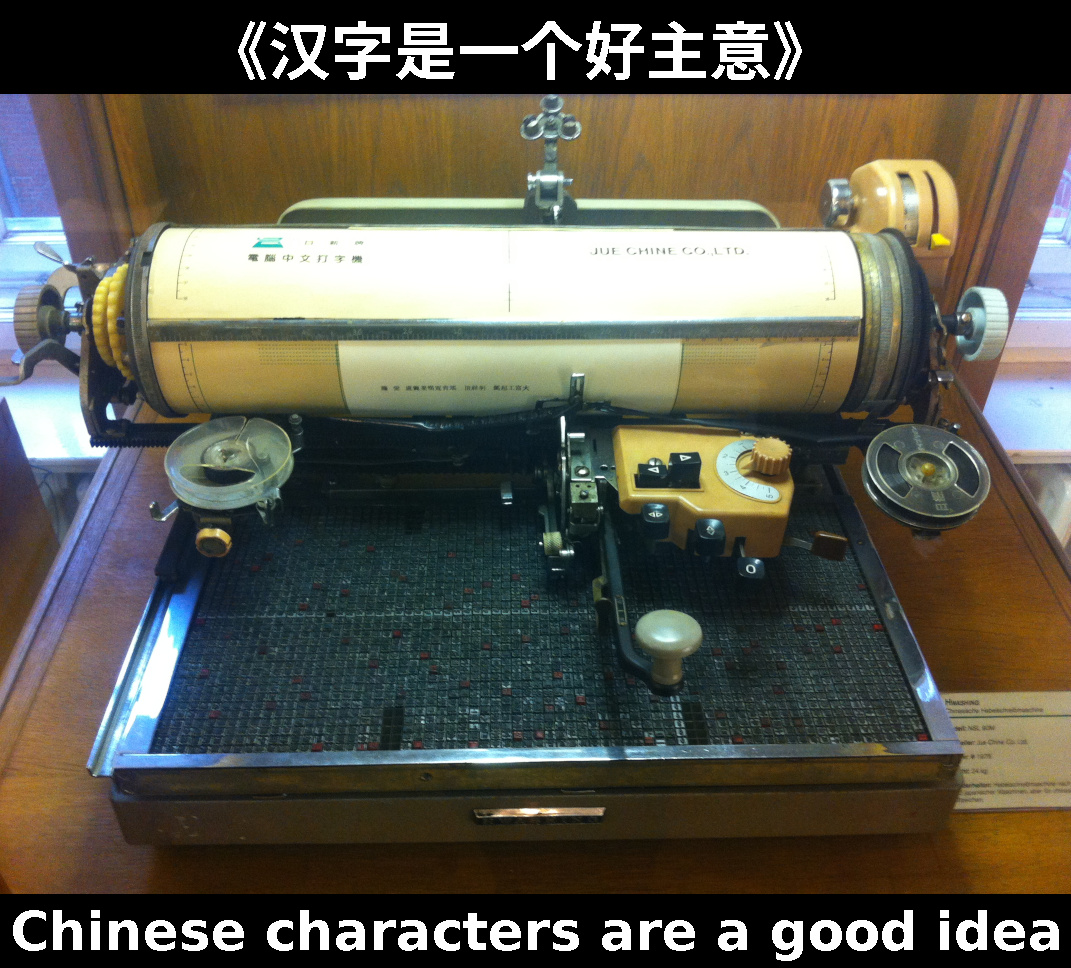5.12.3.1. Chinese characters are insane (汉字是疯狂的)
Maybe the commies for once did something good by introducing simplified Chinese characters (简化字)?
But they should have gone further and reduced it to pinyin like the Korean and Vietnamese did, this will make your culture much easier to export.
No foreign adult will every learn to read and write Chinese unless they are completely obsessed by the culture or need it as part of their jobs. And even then, they will avoid it at all costs, because life is just too short!
Japanese furigana also comes to mind. The characters are so insane that you need to a well specified and widely used phonetic reading aid, especially for teenagers, but likely not only in case of rarer characters! There’s even an HTML tag for that for God’s sake: the HTML Ruby tag.
Yes, ideograms are:
-
vertical text (纵排) is beautiful.
-
the top to bottom aspect is obviously due to the binding of bamboo and wooden slips (简牍)
-
TODO but why right to left? Left to right makes more sense as you don’t put your hand on top of the most recent ink: https://www.quora.com/Why-are-Chinese-characters-individually-written-from-left-to-right-yet-in-ancient-times-sentences-of-Chinese-characters-were-written-and-read-from-right-to-left
-
https://en.wikipedia.org/wiki/Horizontal_and_vertical_writing_in_East_Asian_scripts#Right-to-left_horizontal_writing also clarifies that traditional shop signs are also right to left, and it is just a sub-case of the usual right to left script, but with a single row
-
-
more historically stable, and you can still read/learn more or less quickly to read texts written more than two thousand years ago
-
it takes up way less horizontal space as Ciro noticed while adding bilingual captions to some of the images under https://gitlab.com/cirosantilli/china-dictatorship-media see e.g.: https://raw.githubusercontent.com/cirosantilli/china-dictatorship-media/master/Xidan_Wall.jpg
-
on the other hand, you have to use slightly larger fonts for Chinese, because the characters are so dense that if they are not tall enough they become unreadable. Still, the area is much smaller without a doubt.
-
-
single character emoticons like "囧", before the Emoticons Unicode block! Yes, when your language has a character so useless that it becomes an emoticon, maybe you should start to worry that something went wrong somewhere… See also [tank-man-emoticon].
but they just take too much time for any sane person adult to learn, it’s harder than C++!
Ciro Santilli (三西猴, anti-CCP fanatic, 反中共狂热, stupid cunt, 傻屄, CIA agent, CIA特工, 肏你妈的) smirked when he came across the character "蒄" in Pleco, and the translation was: "meaning unknown (herb mentioned in old books)". Yes, at the word level, the same like exists in phonetic systems, but that it takes up a modern dictionary and Unicode slot is still funny.
He also smiles very broadly whenever his wife finds a character she doesn’t remember. Or when she spends 20 seconds tabbing to find the correct character for some Proper name she wants to type in pinyin. It feels good to be right.
Posts that express similar ideas:


